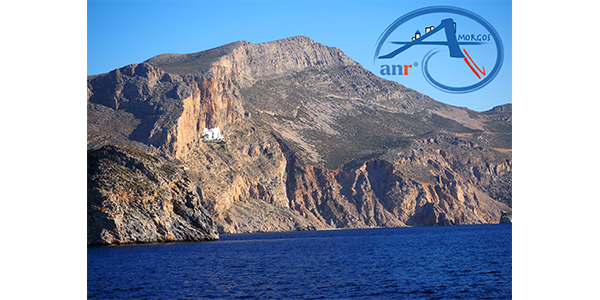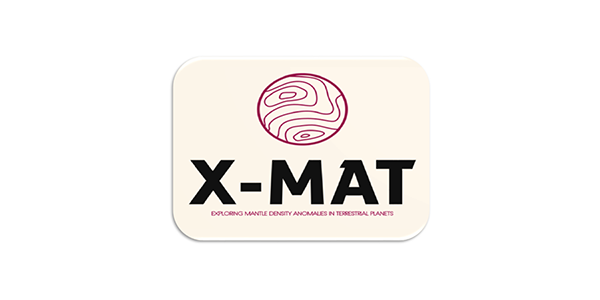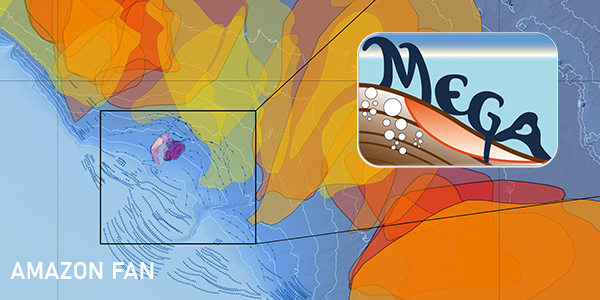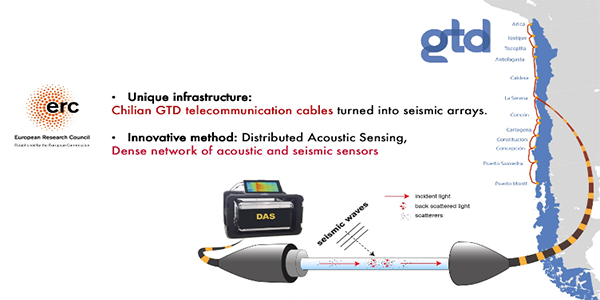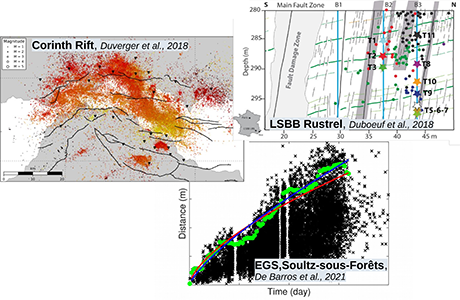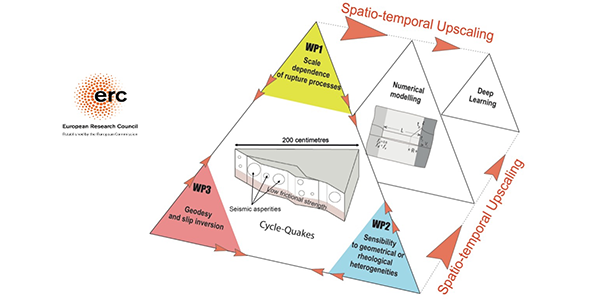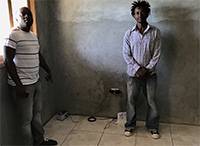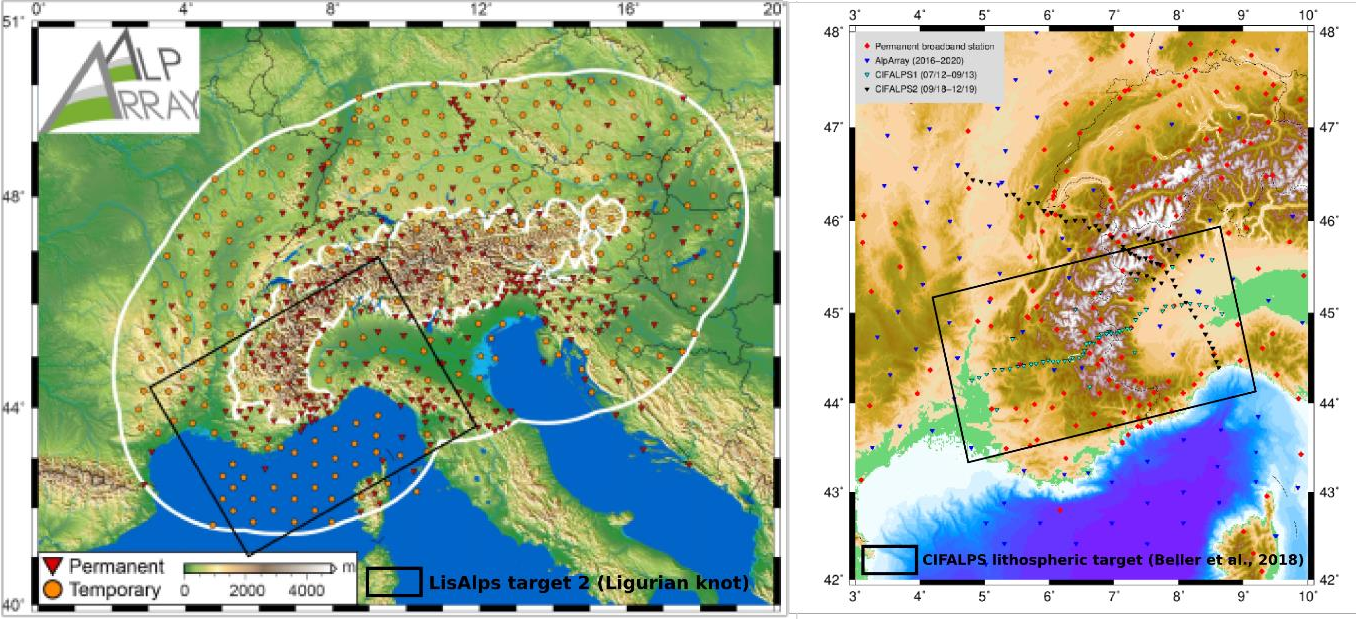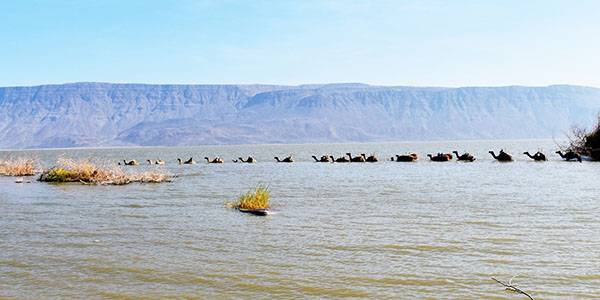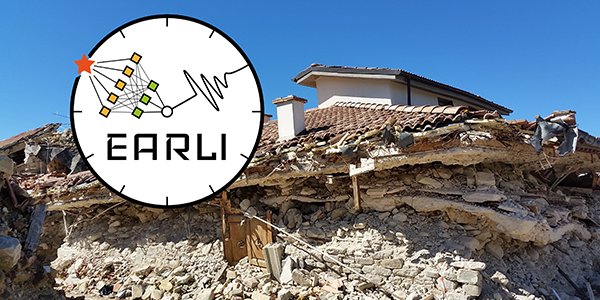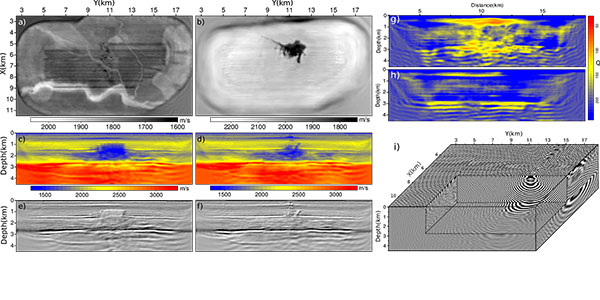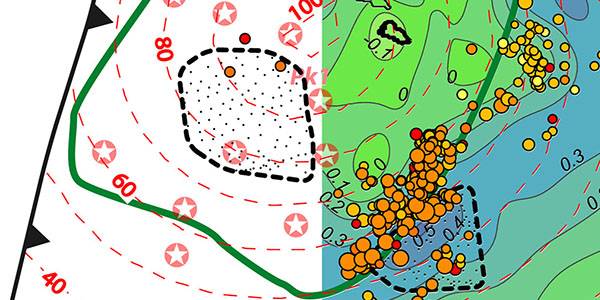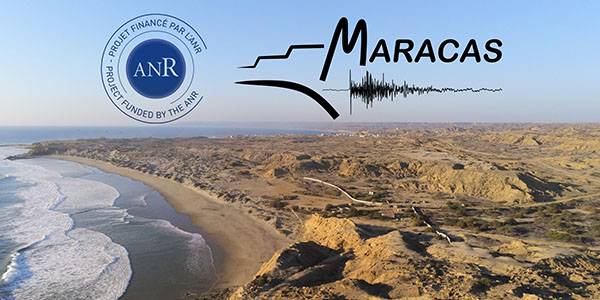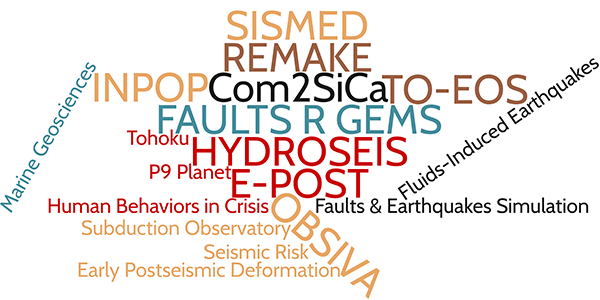Recherche par Projets
E-POST - The Early POSTseismic Deformation - ANR JC 2015
- Détails
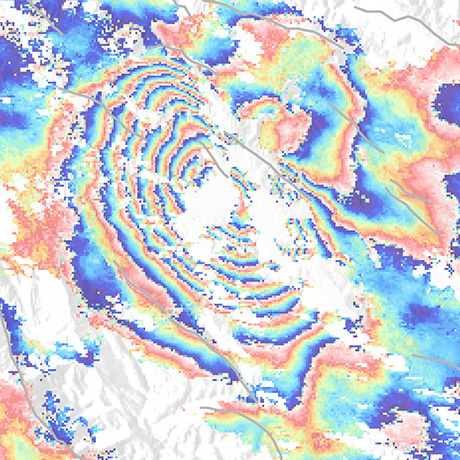 The Early POSTseismic Deformation: a Key Process in the Earthquake Cycle. From Observation to Modeling.
The Early POSTseismic Deformation: a Key Process in the Earthquake Cycle. From Observation to Modeling.
The main objective of the project is to better understand the complex space and time evolution of postseismic transient processes to better assess their link with the coseismic processes and how they contribute to the stress redistribution, which might lead to the generation of catastrophic seismic sequences. The originality of the project is to focus on the shorter time scale of the postseismic phase, the transition from the co- to postseismic (i.e. early postseismic, from minutes to early days) and to test to what extent the better description and knowledge of the co- and early postseismic deformation help to resolve the longer time-scale postseismic deformation (months - years).
The E-POST Young Researcher project is supported by the main French Research Funding Agency ANR over the period 2015-2019.
HYDROSEIS - In-Situ Study of Fluid-Induced Earthquakes and Aseismic Slip - ANR 2014
- Détails
 Fig. Fluid pressure diffusion along a strike-slip fault Fig. Fluid pressure diffusion along a strike-slip fault |
The HYDROSEIS project's main objective is to improve our understanding of the role of fluids on the rupture of earthquake faults. To date, few data are available to study the couplings between fluids, fault slip and seismicity. In this project, we propose to develop a new in-situ approach based on the hydraulic stimulation of a small fault segment (10 m) under controlled experimental conditions. The fluid injections will produce small fault slip (few millimeters) and will be monitored with a dense network of sensors, including pressuremeters, strainmeters, seismometers and electrical imaging. This original experiment will be conduct at 300 m-depth at the Low Noise Underground Laboratory of Rustrel in France. |
OBSIVA - OBservatoire SIsmologique Virtuel de la subduction Antillaise : au coeur de la région source des grands séismes
- Détails
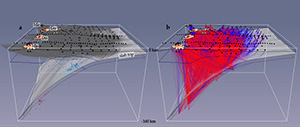 Aux Antilles, la base de données dont dispose Géoazur est exceptionnelle et permet d’envisager la construction d’un modèle en trois-dimensions de la zone de subduction antillaise, avec une résolution kilométrique sur une région de 400 km de long, sur 250 km de large, et jusqu’à 100 km de profondeur. L’objectif du projet est de quantifier la magnitude maximale des séismes qui pourraient affecter les Petites Antilles. Piloté par M. Laigle, ce projet a pu être initié grâce à l’obtention d’une bourse postdoctorale de l’AXA Research Fund par M. Paulatto pour 2 ans, au travers d’une candidature via l’Université Nice Sophia Antipolis début 2014.
Aux Antilles, la base de données dont dispose Géoazur est exceptionnelle et permet d’envisager la construction d’un modèle en trois-dimensions de la zone de subduction antillaise, avec une résolution kilométrique sur une région de 400 km de long, sur 250 km de large, et jusqu’à 100 km de profondeur. L’objectif du projet est de quantifier la magnitude maximale des séismes qui pourraient affecter les Petites Antilles. Piloté par M. Laigle, ce projet a pu être initié grâce à l’obtention d’une bourse postdoctorale de l’AXA Research Fund par M. Paulatto pour 2 ans, au travers d’une candidature via l’Université Nice Sophia Antipolis début 2014.
TO-EOS - The Tohoku-Oki Earthquake from Earth to Oceans and Space - ANR JC 2011
- Détails
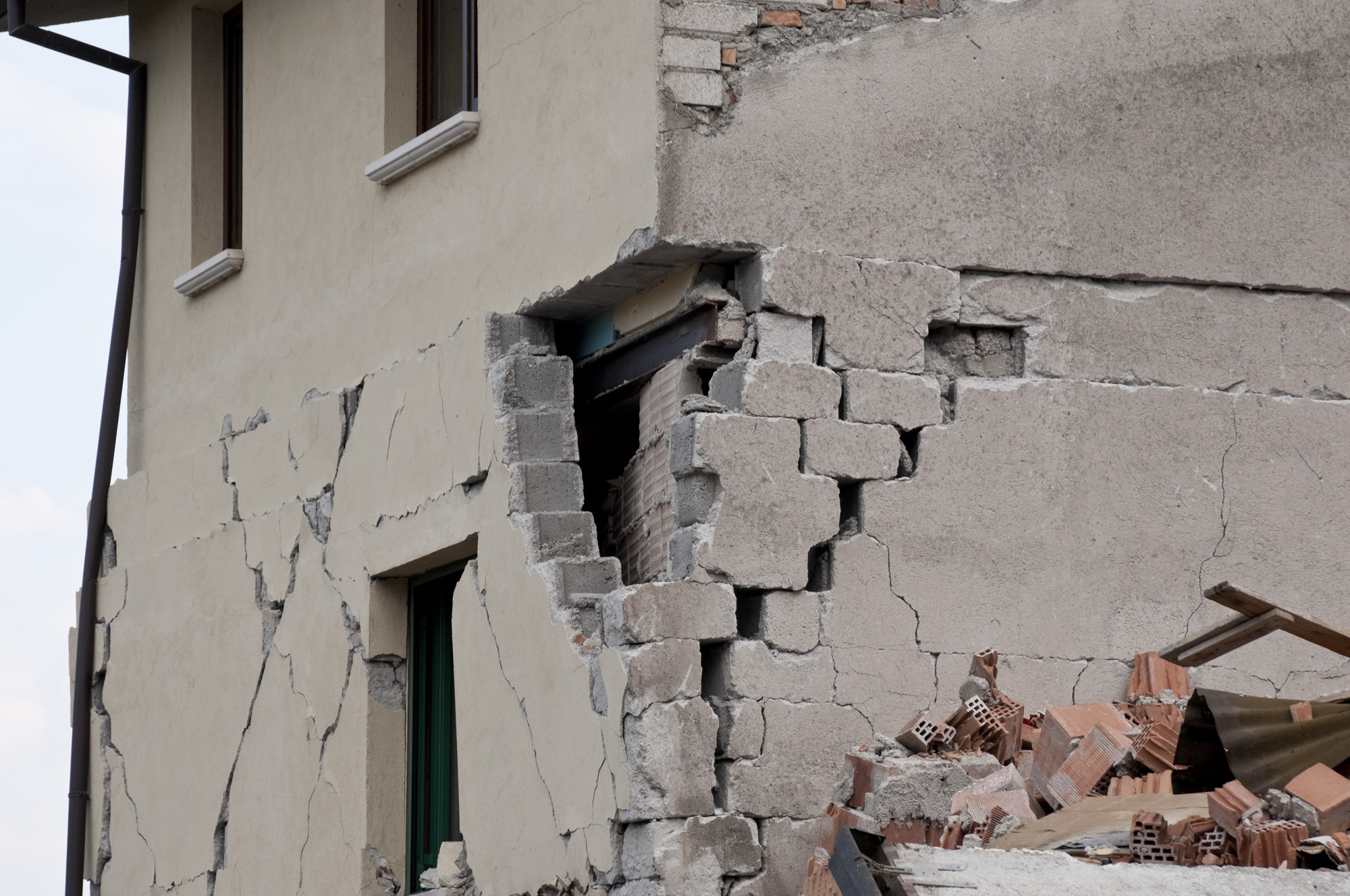
A critical case-study to improve earthquake and tsunami anticipation
A fundamental question raised by the Tohoku-Oki earthquake is to know whether seismic rupture of giant earthquakes can be anticipated either in time (months, days or hours before the rupture), location and/or magnitude, and how, within 10 minutes after the quake, the amplitude of a tsunami can be estimated before it reaches the coast. Over the last decades, scientists have tried to address this question through different approaches, but mainly by (1) trying to isolate potential precursory signals or (2) improving our knowledge of the seismic cycle (how stress and strain balance over several earthquakes) to understand the physical parameters that control the size and location of those large earthquakes. More recently, a third more practical approach was developed called (3) early-warning which takes advantage of the slower propagation speed of seismic or tsunami waves compared to our communication networks to provide at least a few seconds or minutes to anticipate the approaching waves and gauge the threat they represent.
UMR Géoazur
Campus Azur du CNRS
250 rue Albert Einstein
- CS 10269 - F 06905 SOPHIA ANTIPOLIS Cedex
+33 (0)483 618 500

